You’ll probably know what a handbrake turn is, but you mightn’t necessarily know how it works, what it’s used for, or how exactly to pull one off smoothly and consistently.
Handbrake turns originated in rally driving and are commonly used to quickly manoeuvre around the tightest, low speed corners. Generally speaking, it’s one of the bluntest tools in a driver’s arsenal and is usually only utilised on corners which are too tight to negotiate at speed via other methods.
The handbrake turn works by pulling hard on the handbrake in order to lock the rear wheels, which in conjunction with a hard steering input will cause the car to slide around in a tight radius. It can also be used to induce a drift at speed or while mid-corner in order to tighten the car’s line.
What you’ll need
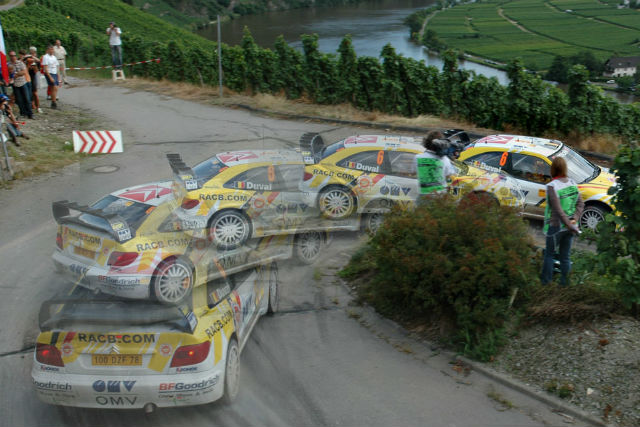
The right car
The first thing that you should check for is that your car actually has a manual, cable operated handbrake. Virtually all older cars will have one, though many new ones are starting to come with button-operated parking brakes as standard, which will be of no use for pulling off a handbrake turn.
As a rule of thumb, handbrake turns work best on front-wheel drive cars. Given that locking the rear wheels on a rear-wheel drive car will kill all drive it tends to not give the desired effect, and could also damage your driveline.
It can be used on certain four-wheel drive cars, though vehicles with viscous centre differentials will often not allow the handbrake to lock the rear wheels only, so it’s worth checking the exact specs of your car.
Handbrake turns also work best with cars that have a manual gearbox, or in the case of a rally or racing car one with a sequential gearbox and a clutch pedal that allows power to be cut from the wheels.
More advanced drivers may want to fit their cars with a special hydraulic handbrake, given that handbrake turns are hard on the car’s components and will stretch the handbrake cable under heavy usage.
Open space
It’s absolutely vital that you have plenty of open space to practice handbrake turns in. You should never attempt a handbrake turn or any other stunt driving technique on a public road, or in a public car park.
If there’s no open and available space near you, take a look on Google for your nearest racing circuit or driving experience centre, most of which will come with a skidpan area for you to practise techniques, drifts and skids in a safe, controlled environment.
Suitable conditions
If you want to prolong the life of your tyres, it’s worthwhile only practising handbrake turns in suitable conditions. Practising on dry tarmac will wear the tread off your rear tyres extremely quickly, and it also means you’ll have to carry more speed into the turns in order to initiate a proper handbrake turn.
To start out, you’re best either finding an area with a low-grip surface like gravel, dirt or grass. Wet tarmac will also work better than dry tarmac, and many race track skidpans will come with sprinklers which periodically shoot water onto the surface in order to reduce friction.
If you’re really in a pinch, you could opt for a set of spare tyres, or pick up a pair of plastic tyre covers like those made by Easydrift, which are specially designed to fit over your rear tyres and reduce the amount of grip available, and which are used by professional drivers and stuntmen alike.
Cones
Finally, to really learn how to nail a consistent handbrake turn you’ll want some cones to practise turning around. You can start with just a single cone and all of our diagrams below are displayed with just one cone, but once you start to get the feel for it you can set up additional cones and practise sliding the car around or through them.
How to handbrake turn
Once you have everything you need and you’ve found a suitable spot to practise in, it’s time to learn how to pull off a handbrake turn. Although it seems like a simple manoeuvre, we’ve split it down into six distinct stages below.
Stage one
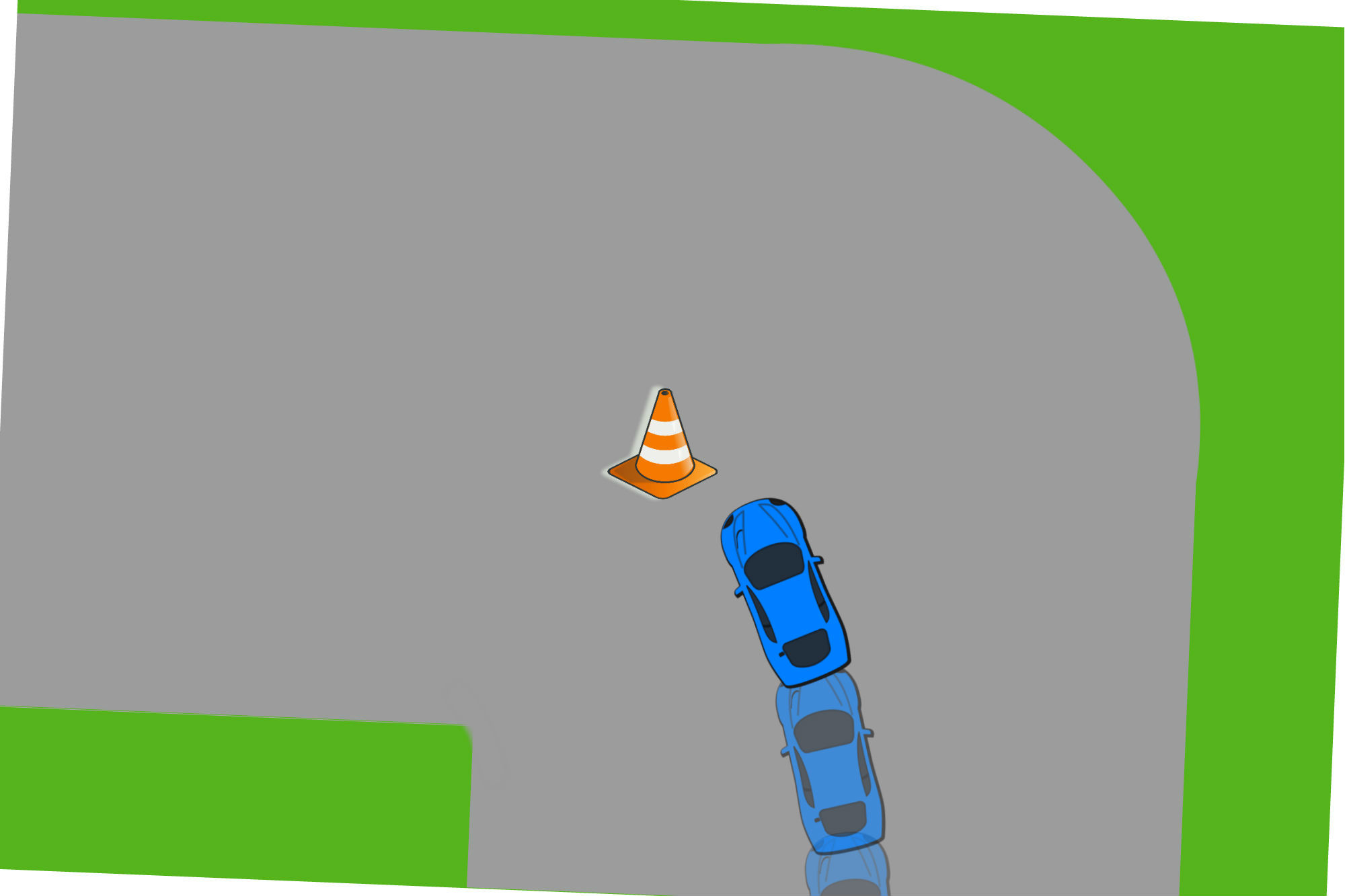
Accelerate towards the cone at a reasonably low speed. As a rule of thumb, 30mph is plenty when learning and you should stay in first gear until you’ve properly got the feel for doing it consistently at lower speeds.
Just before you turn the steering wheel, lift your right foot sharply off the accelerator, which will cause the weight of the car to transfer over the front end, lightening the load on the rear tyres and allowing for a sharp turn in.
Stage two
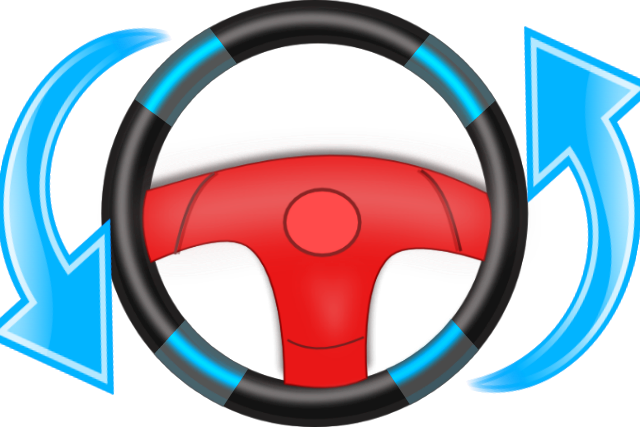
You should have your hands positioned in a way which allows you to apply the greatest amount of steering lock in a single, smooth motion. If you’re turning left around the corner, place your right hand at the five o’clock position and prepare to smoothly turn it all the way to 11 o’clock.
Likewise, if you’re turning right, position your right hand at the 7 o’clock position and prepare to move it to the 2 o’clock position. We’d suggest starting off by turning left, however, as it’s easier to operate the steering by pulling rather than pushing.
Stage three
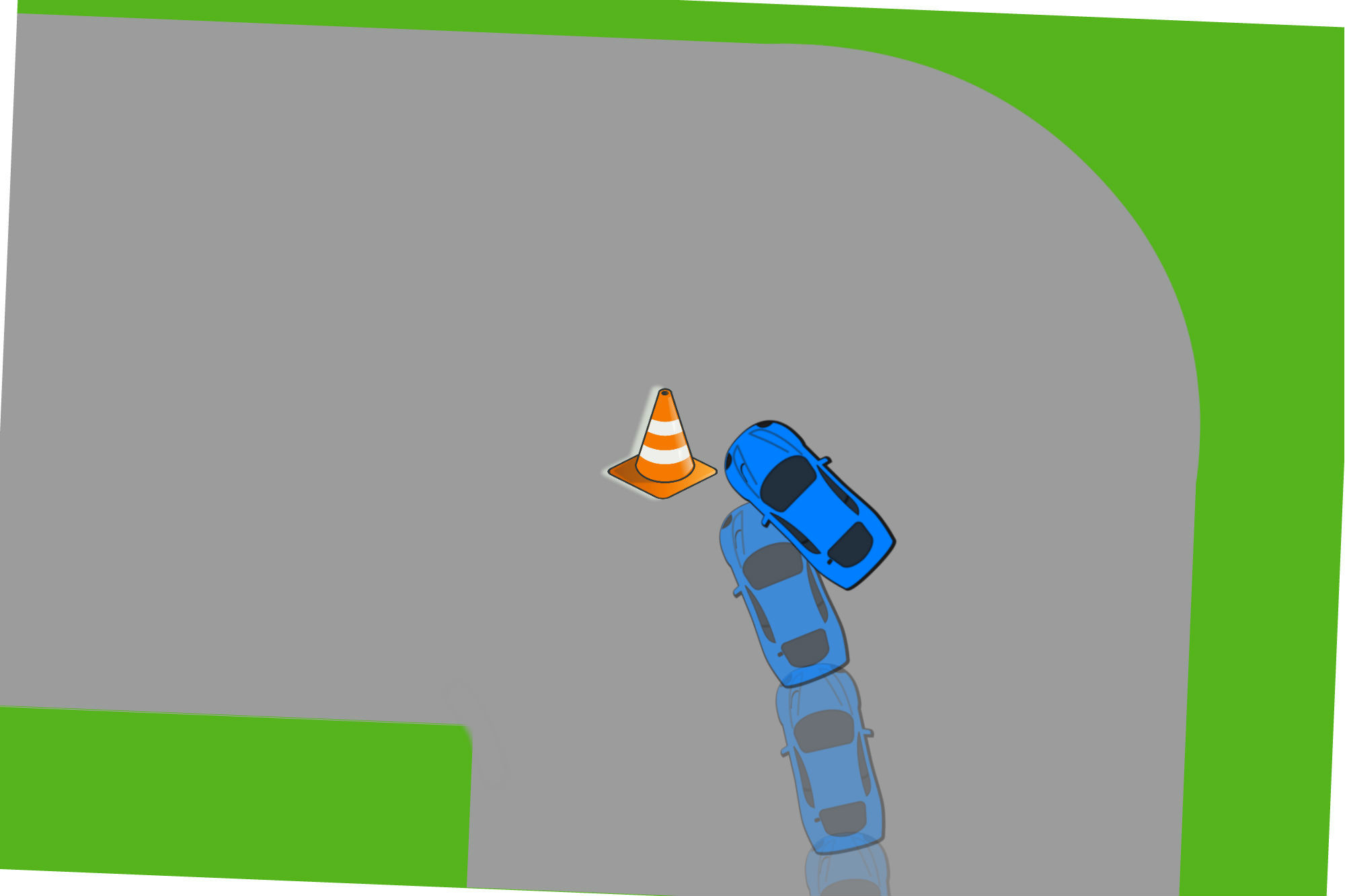
In one fluid motion turn in hard but smoothly, and aim to clip the cone with the front left wheel of the car if you’re turning left, or the front right wheel if you’re turning right.
At the same time as you’re steering, press in the clutch pedal with your left foot and yank the handbrake up hard in a quick motion, taking care to make sure you’re pressing in the release button for a smooth action.
Note that you shouldn’t hold the handbrake on, as this will only kill your speed. You want to only apply enough handbrake to get the rear end of the car to swing round and release it as quickly as it was engaged.
Stage four
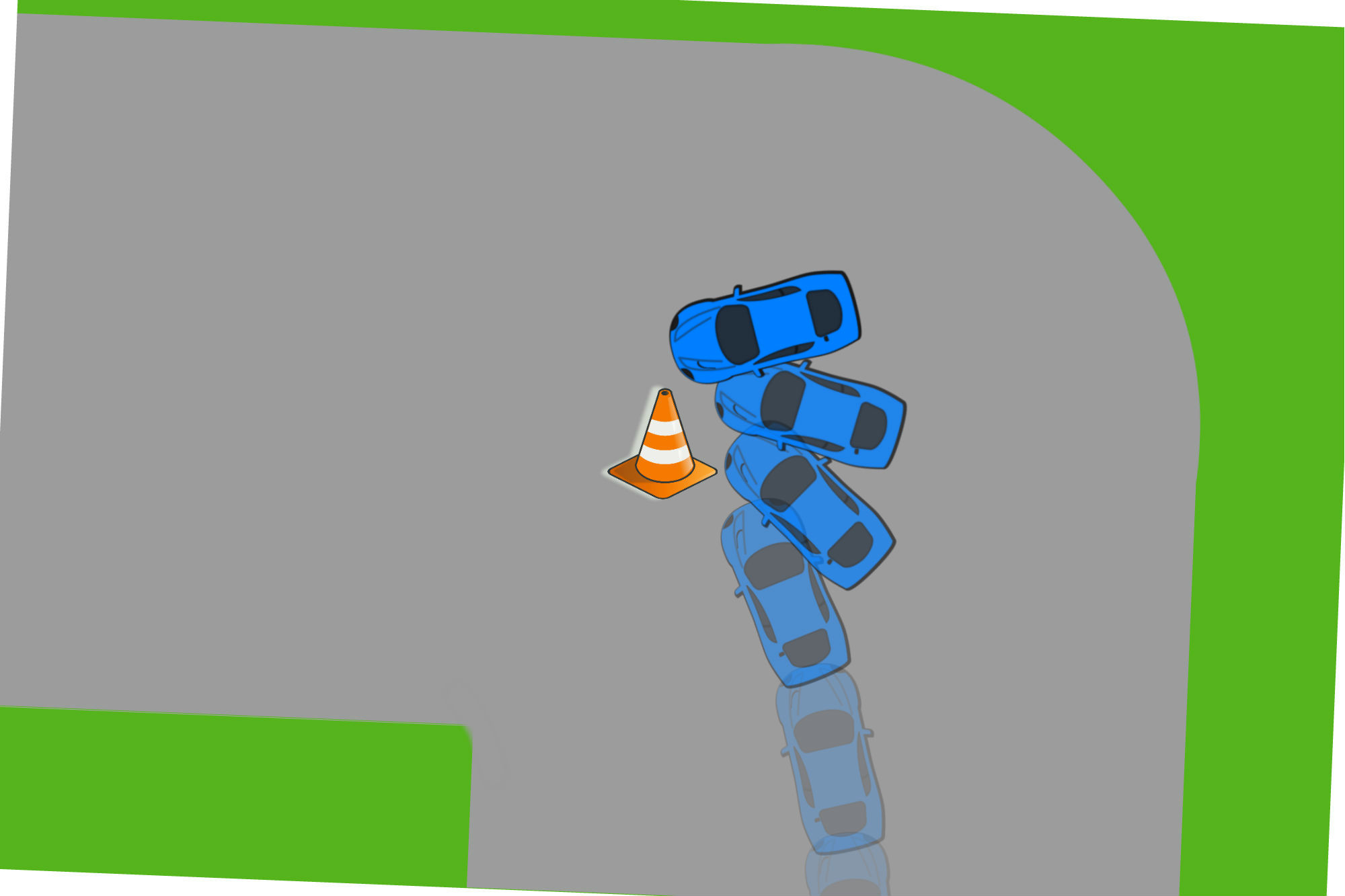
As you feel the back of the car coming round and the radius of the turn starting to tighten, begin to unwind the steering lock that was applied. The wheel will try to force its way round in the opposite direction, but you want the front wheels to point in the direction you want the car to go.
It’s vitally important that you always look in the direction you want the car to end up, even if you’re temporarily looking out of the side window instead of the windscreen. Just like in normal driving, the car will naturally tend to go towards whatever point your eyes are fixed on.
You may also have to let the wheel slip through your hands in a controlled manner in order to unwind the steering lock quickly and ‘catch’ the car, and it will probably take a few tries to get this just right.
Stage five
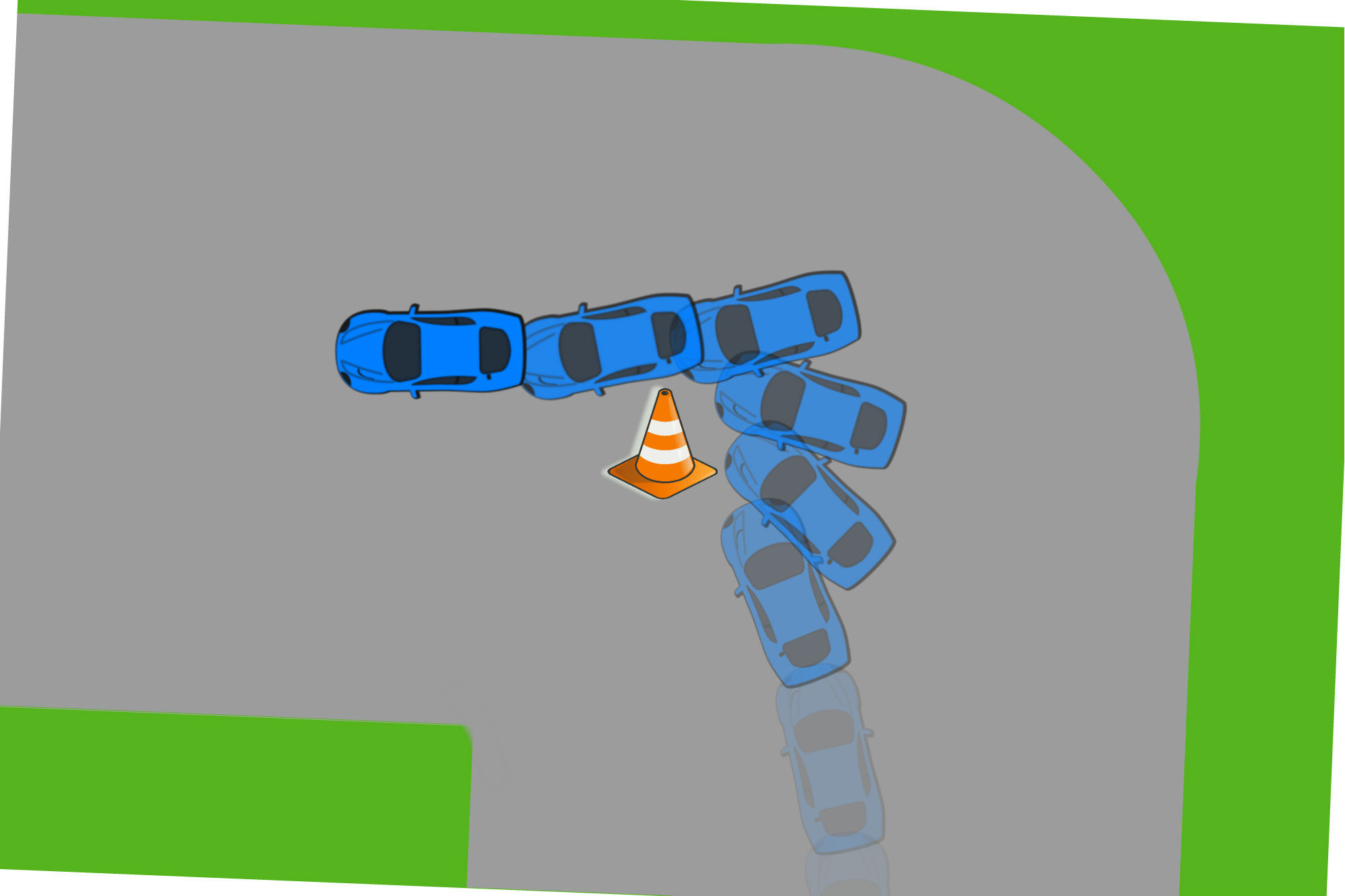
When the car has rotated in the desired direction and at the desired angle, press on the accelerator to get the engine revs up. Generally, give it enough throttle to make the wheels spin slightly, and then bring the clutch up quickly to get the best possible start in your new direction.
This is probably the trickiest bit of the entire handbrake turn, as beginners will often either not give the car enough gas, will not bring the clutch up quick enough or will overcook the angle and have to countersteer in order to reign the car back into line.
Stage six
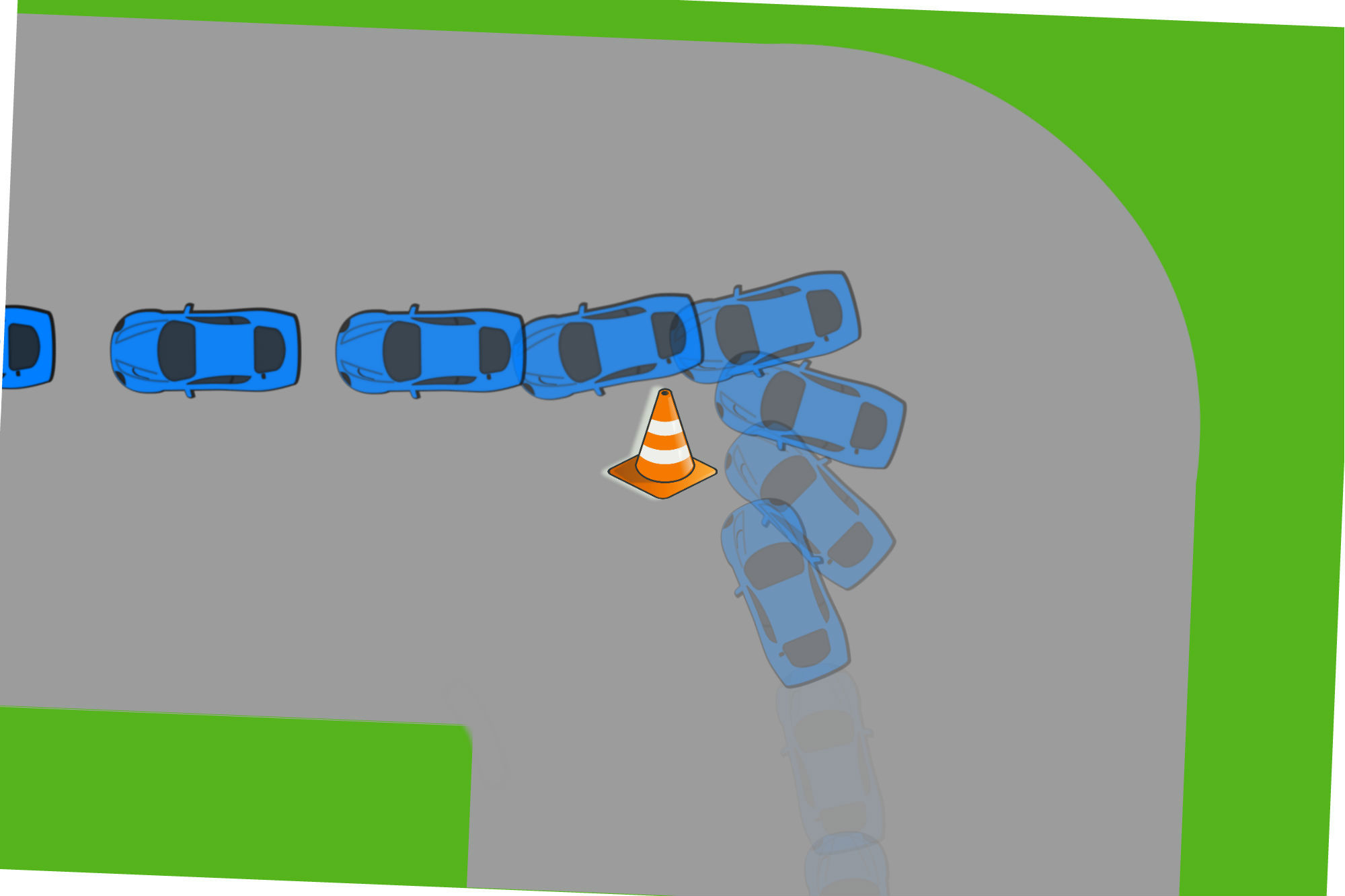
Once the turn has been completed, simply drive off and then start again for another try. If you’ve pulled it off right, the whole manoeuvre should take between two or three seconds.
It can be tricky to get the coordination down, but as with everything, practice makes perfect and the more you do it the better you’ll get, and the better a feel you’ll get for what the car’s doing underneath you.
Common mistakes
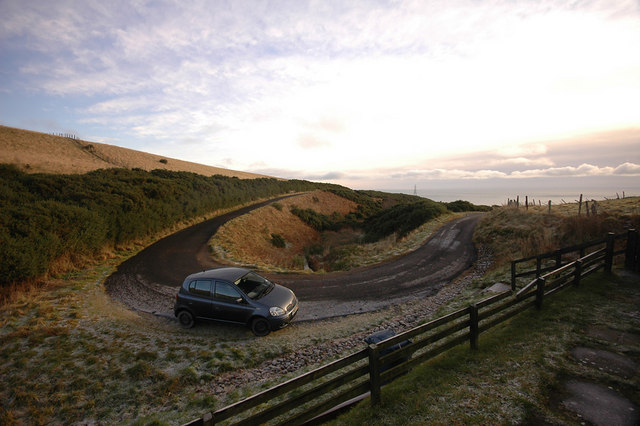
Trying your best but just can’t get it right? Troubleshoot what you’re doing with some of the more common mistakes drivers make below.
Taking the corner too slow
If you take the corner at too low a speed, or alternatively if you’re on a surface with too much grip, you won’t be able to achieve the right amount of rotation, and the car will either not get a tight enough turn or simply slow down.
Taking the corner too fast
Conversely, carrying too much speed into a tight corner will either result in a spin if you’re too aggressive with the turn-in or the handbrake, or you’ll understeer and run off the opposite end of the turn.
Holding the handbrake for too long
At higher speeds, this will make the car rotate further than you’d initially intended, or alternatively at lower speeds it’ll simply scrub all your speed off and bring the car to a halt.
Traction control is on
The majority of new, or at least recent, cars will come with some sort of traction control function, which will, among other things, limit your ability to pull off a handbrake turn. If you're completing all the steps correctly but it feels like the handbrake is doing nothing, check to see whether you've left the traction control on.



